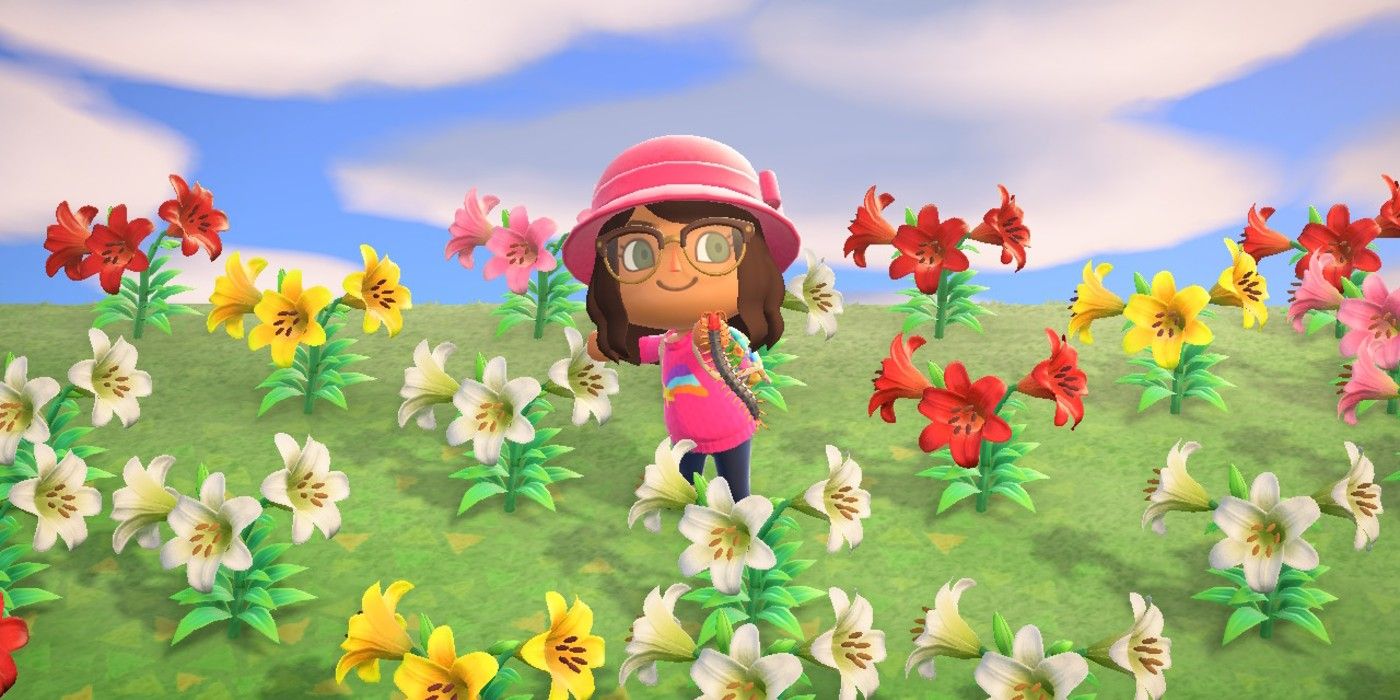
Each month, Animal Crossing: New Horizons players can look forward to a new set of bugs and fish appearing in their islands. Players may spend time catching bugs, particularly new ones, also devoting the temptations to Blathers in the Museum, or, in the event the player collects several of the same critter, selling them to Timmy and Tommy or to Flick for longer bells. Gamers earn bells from grabbing bugs that are extra, and at times, if they capture a particularly nice person, they can keep it and use it for decorating.
Connected: How to Find (& Catch) The Migratory Locust at Animal Crossing
There are now 80 species of insect in the sport. Players from the Northern hemisphere may capture 51 of them in September, and 9 of them are new starting September 1. Players from the Southern hemisphere can grab 27 at September, and 9 of them are new as of September 1 as well. The conclusion of September marks a seasonal shift, meaning the type and selection of critters between the 2 hemispheres will begin altering this month. For this reason, players may want to capture all of the new bugs before they fly and creep away. Here is every new bug coming to Animal Crossing: New Horizons in September.
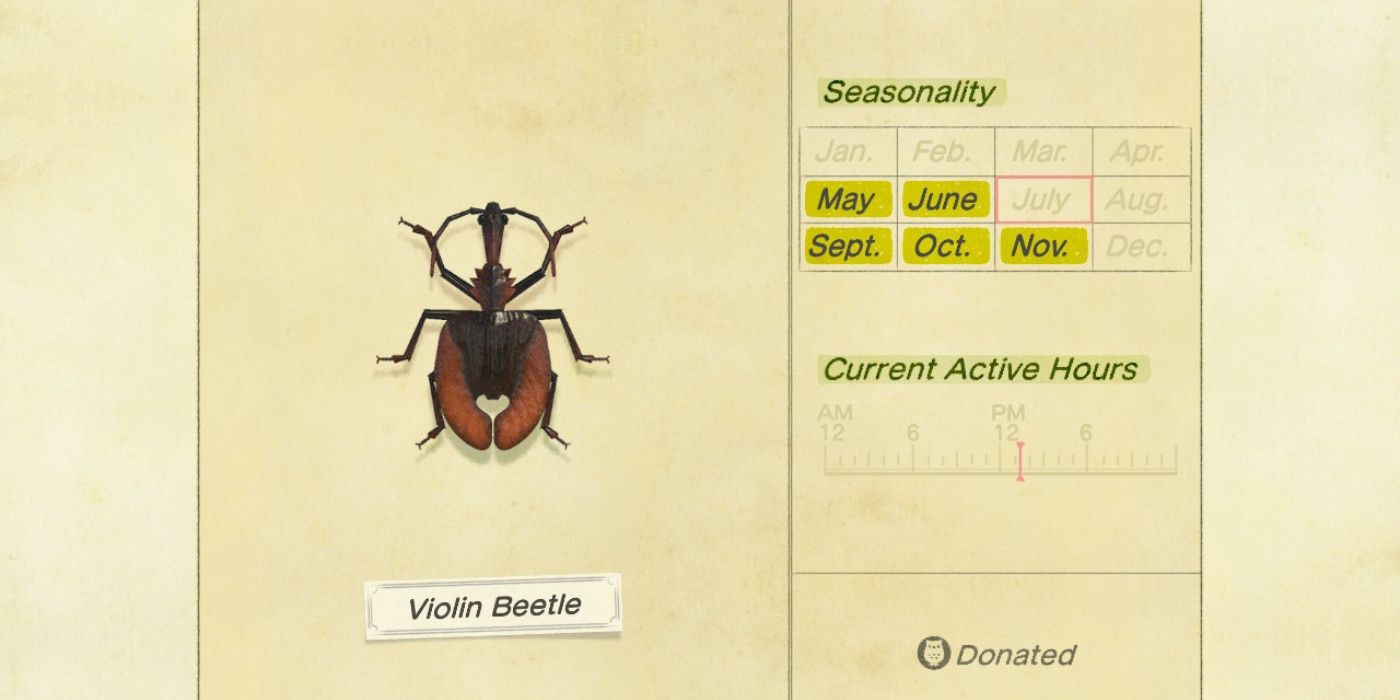
As players at the Northern hemisphere prepare autumnthey will begin to see more late-summer bugs. This month’s newcomers include a couple of new butterflies, some ground bugs, and some bugs that may only be caught by hitting stones.
Common butterfly
The frequent blossom is a small, white butterfly players will find flying around their island starting in September. The frequent butterfly is a frequent bug that flies around slowly in circles, frequently around flowers.
Players may find the frequent butterfly between 4 7 and pm p.m. every day from September until June. They sell for 160 bells every time brought to Nook’s Cranny along with 240 bells when sold straight to Flick.
Yellow butterfly
Like the frequent blossom, the yellow blossom is small and common. It flutters slowly and spends all its time around flowers. Players can find it from September until the end of October and from March until June. It can’t be stuck in the rain.
The yellow blossom is active from 4 a.m. till 7 pm every day. Yellow butterflies sell for 160 bells every at Nook’s Cranny along with 240 bells per day to Flick.
Monarch butterfly
The monarch butterfly only arrives at the fall and can be a fairly common orange butterfly. It is one of only six germs exclusive to the fall months. Players may only catch it in September until November. It can’t be stuck in the rain.
Players may discover the monarch butterfly throughout the day from 4 a.m. until 5 p.m. Each monarch butterfly sells for 140 bells in Nook’s Cranny along with 210 bells to Flick.
Cricket
Such as the monarch butterflythe cricket is only available from the fall months, from September until November. Crickets are typical at New Horizons and could be located on the ground around the island. It is not active as it rains.
Crickets are active at night from 5 p.m. until 8 a.m., and at the sport, they really do chirp. They sell for 130 bells every in Nook’s Cranny along with 195 bells per day to Flick.
Bell cricket
The bell cricket is just another wide variety of cricket that is only available from the fall, from September until the end of October. Bell crickets will be the least common number of crickets, so they fetch a higher price when offered. The bell cricket is not active if it rains.
Bell crickets are offered at nighttime from 5 p.m. until 8 pm on the ground. They sell for 430 bells every in Nook’s Cranny and 645 bells per day to Flick.
Red dragonfly
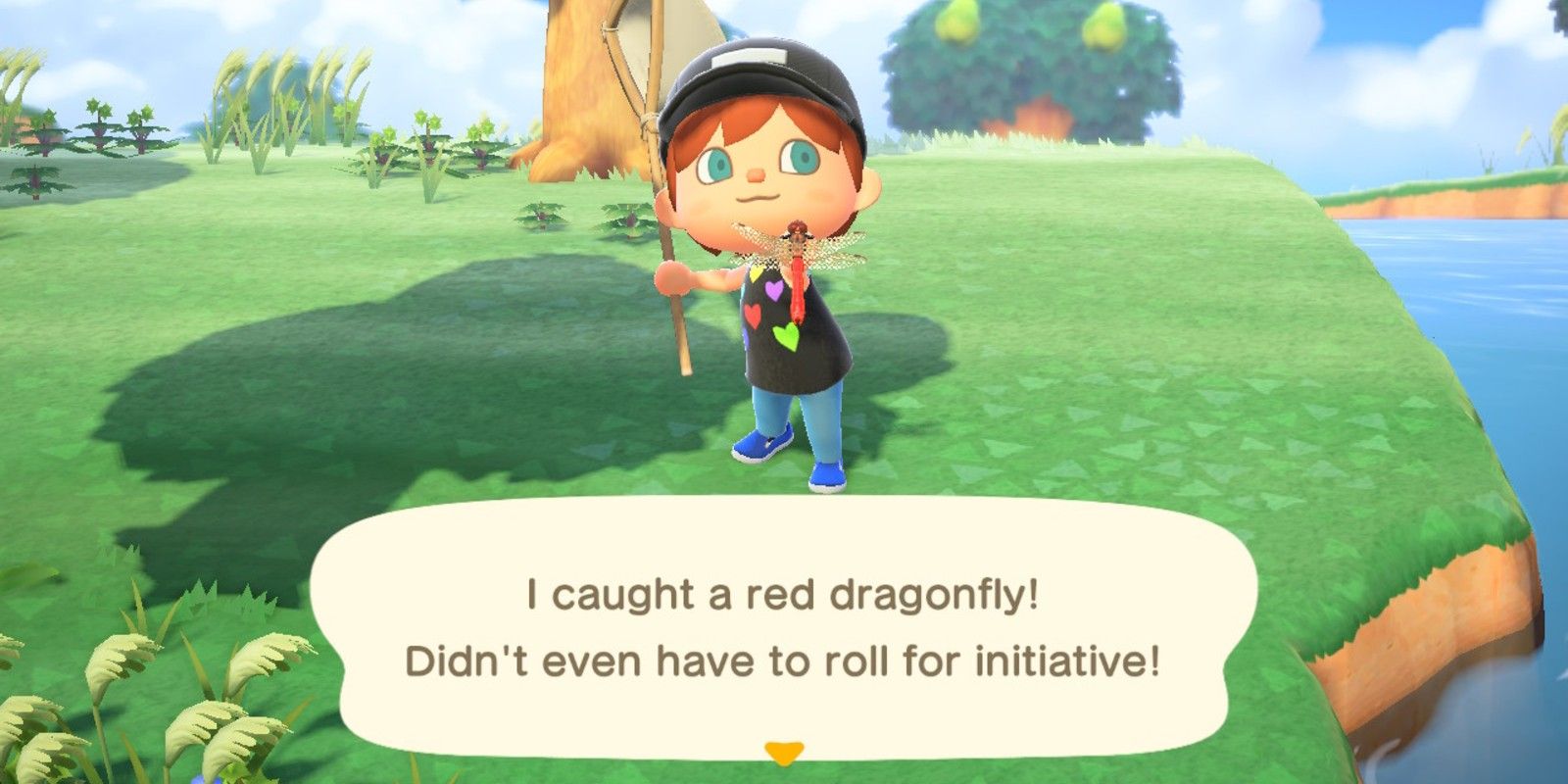
Players from the Northern hemisphere is able to see the red dragonfly flying around their islands nearby water starting in September. They are typical but not accessible when it’s raining.
Red dragonflies are active throughout the daytime from 8 pm until 7 p.m.. They sell for 180 bells every in Nook’s Cranny along with 270 bells per day to Flick.
Violin beetle
The violin beetle will be the final of this summer beetles to arrive from the Northern hemisphere, returning after a short time away in June. Players can locate violin beetles from September through November and from May through June. They are uncommon and are available on tree stumps. It is not yet known if they can be stuck in the rain.
Violin beetles are active all day. They sell for 450 bells every in Nook’s Cranny along with 675 bells each to Flick.
Pill bug
Pill bugs are miniature, uncommon crustaceans living under stones around a participant’s island. They can only be bought from September until June every year. To catch you, players will need to hit rocks using a shovel or twist. They may still be found as it rains.
Pill bugs are active during the night and through the majority of the day, from 11 p.m. until 4 p.m.. They sell for 250 bells every in Nook’s Cranny along with 375 bells per day to Flick.
Centipede
Like pill bugs, players can locate centipedes by hitting rocks using a shovel or strand. They’re scarce and will attempt to flee from the player, frequently producing a rattling sound when they do. Centipedes are offered from September until June each year at the Northern hemisphere. Players may still locate them as it rains.
Centipedes are active during the night from 4 p.m. until 11 p.m.. They’re worth 300 bells every in Nook’s Cranny along with 450 bells every when offered to Flick.
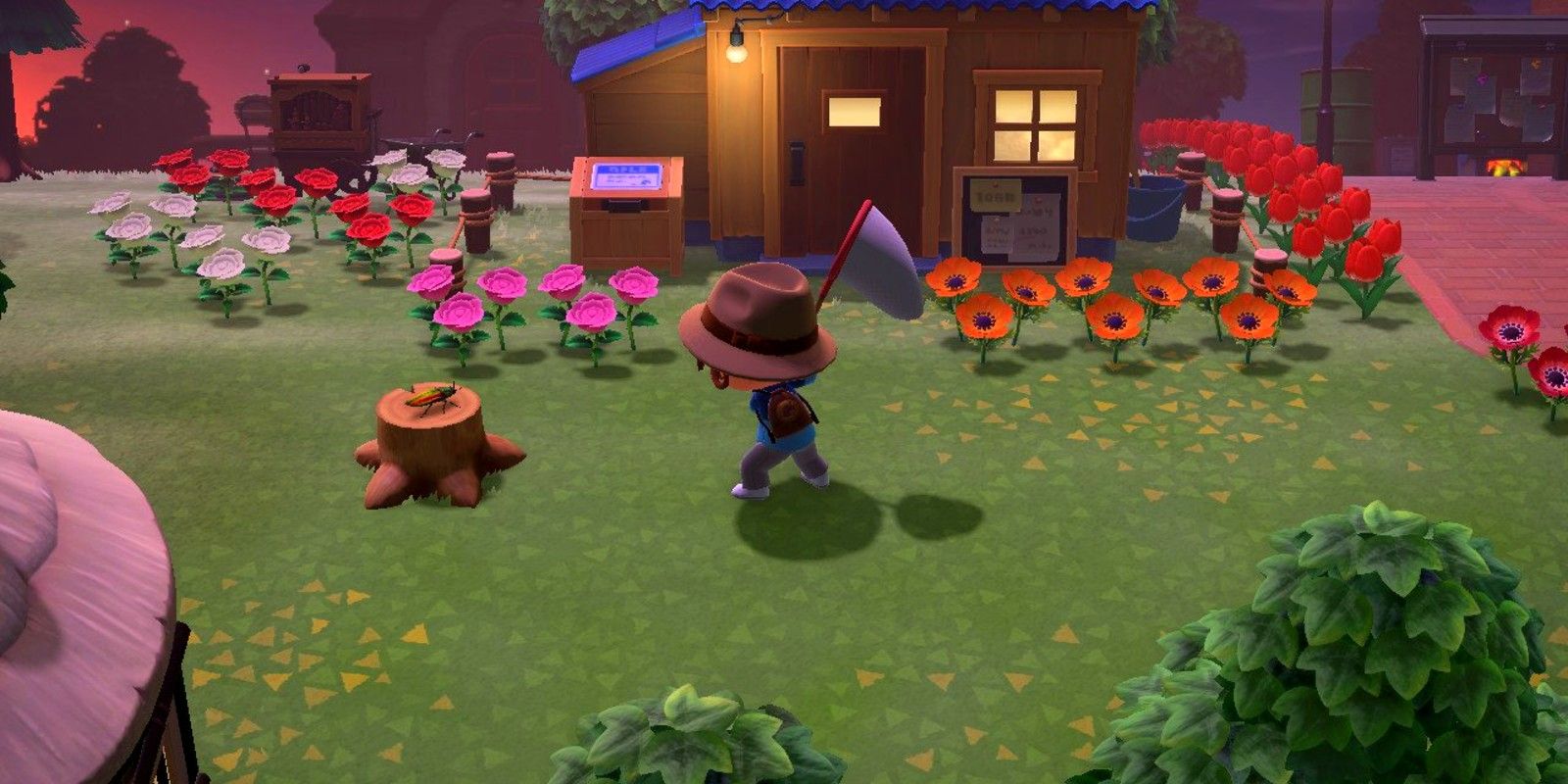
The end of September will mark the start of spring in the Southern hemisphere, so players will begin seeing more insect colonies around their islands. For the past couple of months, Southern hemisphere islands might have observed one or 2 new bugs every month. This month, you’ll find nine new critters to be caught.
Yellow butterfly
Just like at the Northern hemisphere, the yellow butterfly will return to the Southern hemisphere in September. The yellow blossom is small and common. It flutters slowly and spends all its time around flowers. Players can find it from September until the end of December and from March until April. It can’t be stuck in the rain.
The yellow blossom is active from 4 a.m. till 7 pm every day. Yellow butterflies sell for 160 bells every at Nook’s Cranny along with 240 bells per day to Flick.
Tiger butterfly
Tiger butterflies are an uncommon species of butterfly found during the spring and summertime. It flies slowly, which makes it an easy catch for experienced players. From the Southern hemispherethe tiger blossom is active in September until March. It is not known if it can be stuck in the rain.
Players will come across the tiger blossom during the day from 4 a.m. until 7 p.m. Each is well worth 240 bells after offered to Nook’s Cranny along with 360 bells when offered to Flick.
Peacock butterfly
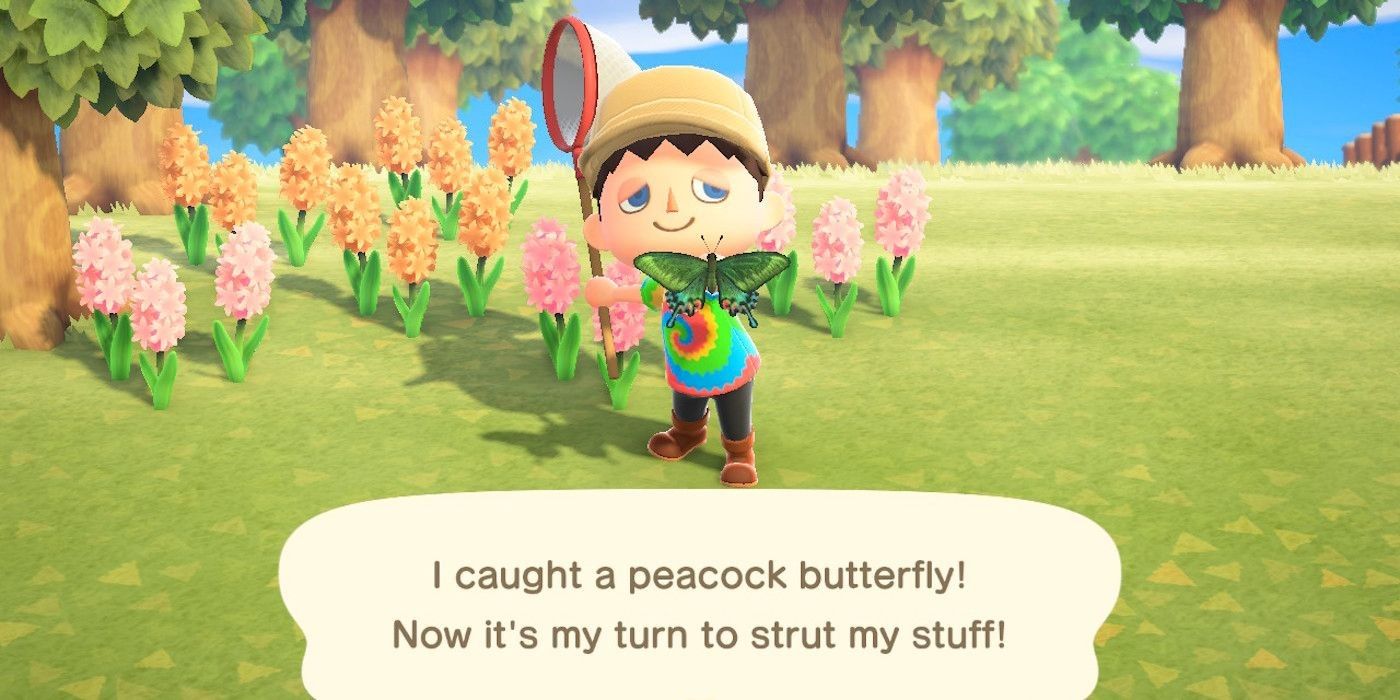
Players from the Southern hemisphere could detect peacock butterflies near black, purple, or blue flowers in their island. Because these are all hybrid flowers, the peacock butterfly is fairly infrequent. It is only accessible from September through December and doesn’t appear in the rain.
The peacock butterfly can be found throughout the afternoon from 4 a.m. until 7 p.m.. They can be sold for 2,500 bells every at Nook’s Cranny along with 3,750 bells per day to Flick.
Mantis
The mantis is a relatively rare insect located on flowers on a single island. It is accessible from September through May. Players won’t find it if it rains.
The mantis is active in 8 a.m. until 5 p.m. Each sells for 430 bells in Nook’s Cranny and 645 bells to Flick.
Orchid mantis
The orchid mantis is a milder subspecies of mantis. Players may simply locate it on white flowers round their island. From the Southern hemisphere, it’s accessible from September through May. Players may want to approach slowly to prevent scaring it off. The orchid mantis is only available in dry weather.
The orchid mantis is active throughout the daytime from 8 pm till 5 pm. It is but one of the more costly bugs, worth 2,400 bells in Nook’s Cranny along with 3,600 bells when sold to Flick.
Honeybee
Honeybees are available flying and flying around flowers. They are very common and, unlike most wasps, won’t attack and bite the player. Honeybees are available in the Southern hemisphere from September through January and don’t appear as it rains.
Players will see honeybees from 8 a.m. until 5 p.m. every day. They sell for 200 bells each in Nook’s Cranny along with 300 bells every when offered to Flick.
Stinkbug
Players will see stinkbugs starting to make their home on flowers on the island in September. They’re accessible from September until April, all day and even if it rains.
The stinkbug sells for 120 bells each in Nook’s Cranny along with 180 bells each when offered to Flick.
Man-faced stink bug
Even the man-faced stink bug is new as of Animal Crossing: New Horizons. Players will find it on flowers from September through April. They are quite common, though it is not known if they are accessible as it rains.
Even the man-faced stink bug may only be seen during the nighttime and in the early morning from 7 p.m. until 8 a.m. Each is well worth 1,000 bells in Nook’s Cranny along with 1,500 bells every when sold to Flick.
Ladybug
Ladybugs are typical critters players may find on flowers around their islands. They’re particularly hard to spot on red flowers and may be skittish, so players must approach slowly. They’re accessible from September through December and again only for one month from April.
Ladybugs are active from 8 a.m. until 5 p.m. Each is well worth 200 bells each at Nook’s Cranny along with 300 bells each when offered to Flick.
Following: Pokemon Inspired Design Ideas & Tips at Animal Crossing: New Horizons
Animal Crossing: New Horizons can be obtained for the Nintendo Switch.
Article Source and Credit screenrant.com https://screenrant.com/animal-crossing-new-horizons-september-bugs-guide/ Buy Tickets for every event – Sports, Concerts, Festivals and more buytickets.com






